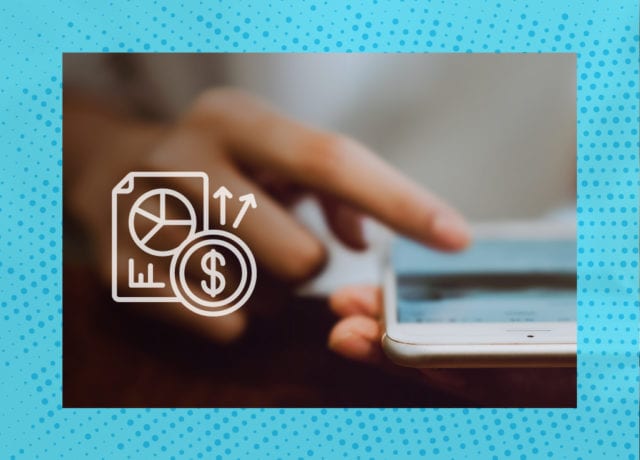As in-housing increases, privacy legislation tightens, and the loss of third-party cookies become more real, the list of top programmatic buyers is changing dramatically. Who are now the top spenders and which notable brands aren’t spending on programmatic?
We encourage you to subscribe to our blog for the latest data surrounding the advertising industry. We will provide daily updates as COVID-19 continues to make its mark on the US economy.

The Push For Privacy and Trust Changes Programmatic
Consumers are becoming savvier when it comes to their privacy and data. Despite this, they’re still willing to see ads in exchange for free content. It’s just a matter of ensuring non-intrusive practices. How will advertisers handle a new season of increased state legislation, data integrity, and consumer control in ad tech? For starters, they’ll need to follow tech leaders in adapting to an internet without cookies.
Apple confirmed that its new App Tracking Transparency (ATT) opt-in feature will be released early this year.
And Google’s alternative to third-party cookies—FloC—is expected to be available for testing in Q2 2021. This technology categorizes people into groups of people with similar interests and hides individual browsing data. Brands will still be able to run targeted advertising based on cohort interests rather than a person’s private history.
These changes are part of the response to the calls for reform in the programmatic ecosystem.
But even knowing that the internet is going cookie-less soon, most marketers still plan to increase their programmatic spend this year. Ascend2’s “The State of Programmatic Advertising” report found that 66% of respondents planned on increasing programmatic spend, largely because they need to optimize ROI during a recession.
Even though many brands want to increase spend, other notable brands are cutting back.
MediaRadar Insights
Of the top spending 100 programmatic advertisers in January of 2021, only 8 were returning brands from January of 2020. However, within the top 100 brands, spend has increased YoY by 38% ($113M in 2021 vs $85M in 2020).
The top five returning brands include:
- Lending Tree
- Turbo Tax
- Verizon Wireless
- Best Buy
- Walmart

Notable brands who didn’t return to the programmatic space in January 2021 include:
Notable new and top spending brands within the top 100 list (in the month of January) include:
- Capital One
- Quicken Loans
- Fidelity Trading
- Splunk (analytics software)
- NAPCO Starlink Communications (Alarm monitoring)
It’s also important to note that we’ve seen a huge shift in the finance industry’s spending. The finance industry has seen the largest increase YoY in January, increasing 159% ($21.2mm in 2021 vs $8.1mm in 2020).
In the top 100 advertisers, there’ve been only 9 financial brands advertising in 2021 so far, compared to 11 in 2020 (during the same time frame). Its spend is 17% larger than the next top spending category, Tech.
Want to know where the brands who didn’t return are spending? Check out their advertising profiles for more details.
For more updates like this, stay tuned. Subscribe to our blog for more updates on coronavirus and its mark on the economy.



